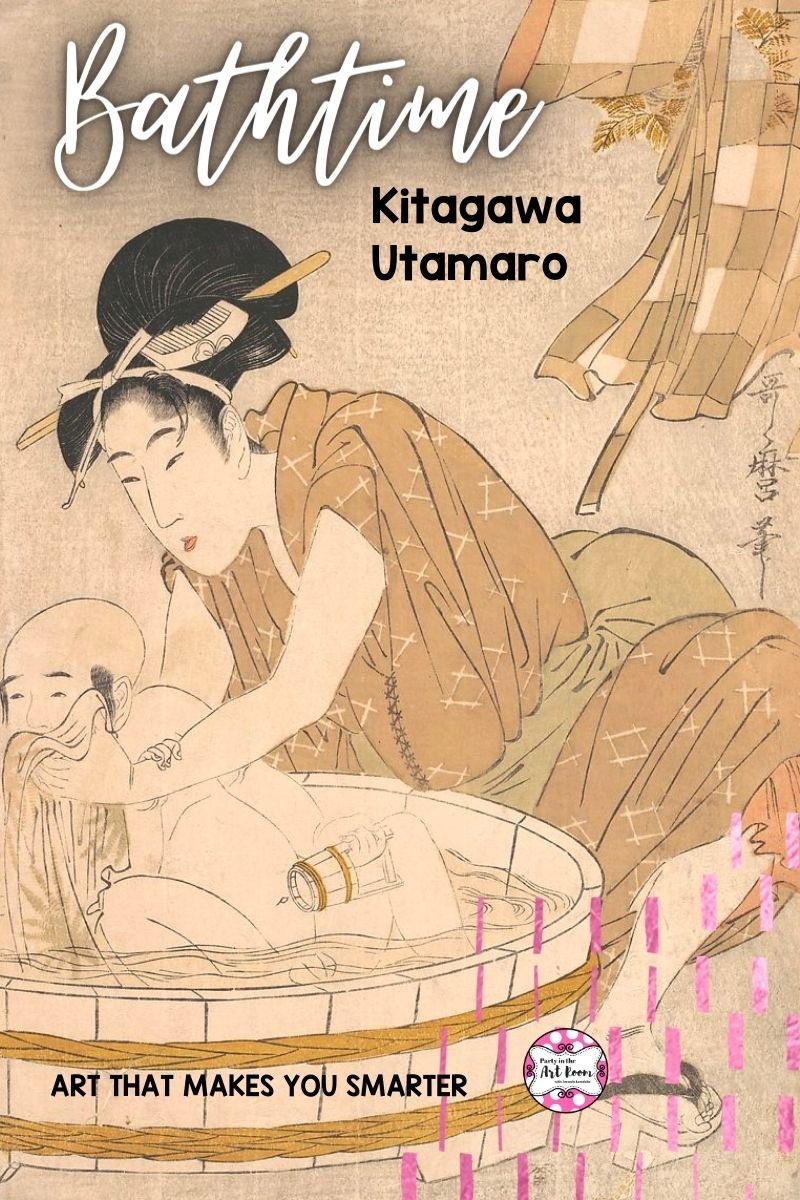Mary Cassatt: Art That Makes You Smarter
In the 1800s, it was almost unheard of for women to get a formal education, but Mary Cassatt defied the odds. This American artist studied towards an art qualification.
Mary’s Story
Mary Cassatt was born on May 22, 1844. She’s from Pittsburgh, Pennsylvania. Her family worked in the banking industry. Her dad was a land speculator and a stockbroker, and her mother came from an equally wealthy family.
Mary’s privilege allowed her to get a college education in Pennsylvania, despite the limitations women faced then. During her college years, Mary experienced discrimination. She realized she wouldn’t learn anything under such conditions and decided to travel instead. Her first stop was France, where most artists lived during that time.
Her Paris studio was a five-minute walk away from Edgar Degas’ studio. So, they became friends. Her mother and child works sprung her to popularity. I find that interesting because Mary didn't have children. This woman was painting about motherhood, yet she had not experienced it.
Could she have had a longing for motherhood? We don't know, but she accurately captured parts of the female experience through her oil paintings.
Her Most Popular Works
Mary has a portrait of a mother bathing her child. In fact, a lot of her works have mothers bathing their kids. You could argue that Mary is addressing the experience of womanhood, whether or not a woman has children. (See the video for more discussion on this concept.)
Japanese Influences in Her Paintings
Her portraits are not only about motherhood, and I don't think many people realize that. Mary’s art drew from Japanese influences. The Japanese art craze swept Western countries where art was prominent in the 19th century. Western nations had banned trade with Japan since 1600. So, when they opened it back up in the 1850s, everybody was reintroduced to Japanese art.
In this portrait, we have a baby whose mother is bathing him. The slants of their backs are almost perpendicular. The baby’s pale skin draws you towards the child. So, you could say the child is the focus of these pictures.
When you let your eye wander, you notice the look on the mother's face. She looks a little weary. She doesn't look angry, but she doesn't look excited either. It's almost like she’s forced to bathe her baby. These are great subjects to explore with your students.
The mother appears to be looking down, and her line of sight is almost straight at her arm. I think she's looking at the water. She's not gazing lovingly at that child. Using this observation, you could discuss emotions with the kids.
To compare Mary’s work, you can place it side-by-side with Kitagawa Utamaro’s Bathtime portrait and discuss the differences and similarities.
The mother in Utamaro’s painting has a comb in her hair, and she’s washing her baby with that rag. She has the look of someone who’s got a lot to do. This mother does not look poor, but she looks like she's working hard. This portrait has more detail than Mary’s. The mother is leaning in, and you can almost see her wiping the baby's face with that rag. Mary's painting is calmer and quieter.
Mary Cassatt was probably raised in a home with lots of help. So, if the mother in her painting is used to having a lot of help, she may be taking her sweet time because she doesn't have anything else to do that day. Maybe the mother is not happy. Or maybe she's bored. We can only speculate.
In the Japanese print, the mother is moving fast. Both portraits have a similar color palette, but Mary's colors are brighter. You could discuss this with your students as well. There’s a lot to talk about here.
As a teaching artist, I've found that teachers don't discuss art with students because they don't know what to say. Watch the video posted here and let me give you the words. This segment is here to help you fit art into your curriculum. You can start by doing this critical thinking activity with your students. It gets the kids more engaged in your classes. They’ll remember every lesson!
Affiliate Disclosure: Party in the Art Room is supported by its audience. When you purchase through links on this site, a commission may be earned.








